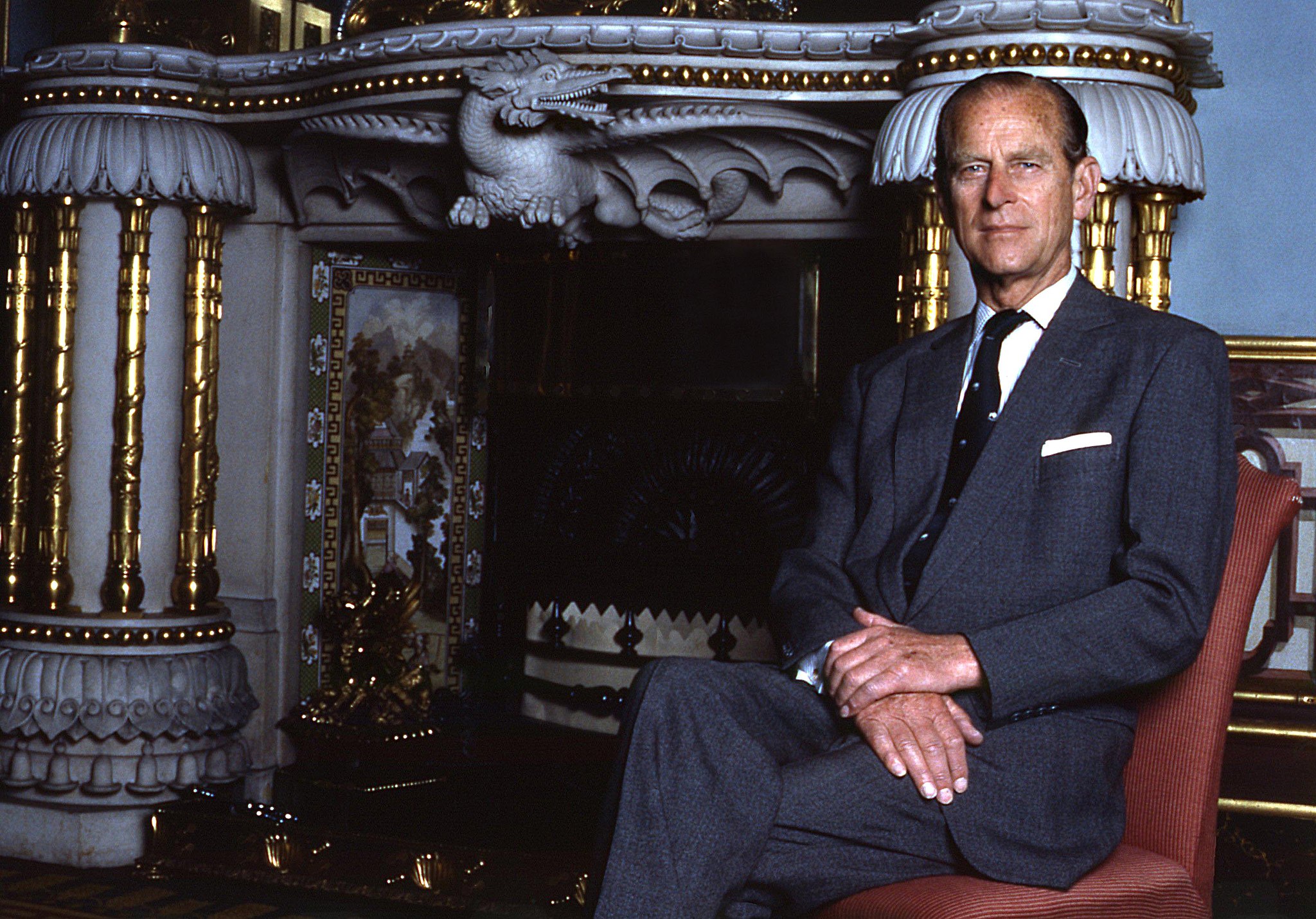The funeral of the Duke of Edinburgh takes place in London tomorrow. Because of the COVID-19 restrictions, there will only be thirty guests at the event, and (by my calculations) twenty of them are on the line of succession. Let’s have a look at the list.
- HM The Queen. She’s obviously not on the line of succession – having popped off the top of it in 1952.
- Prince Charles, The Prince of Wales. Charles is number 1 on the list and is the Duke’s eldest son and, therefore, the person who inherits the title Duke of Edinburgh.
- Camilla, Duchess of Cornwall. The wife of the Prince of Wales. She’s not on the line of succession.
- Princess Anne, The Princess Royal. The Duke’s second child and only daughter. She’s surprisingly far down the line of succession, at number 15.
- Timothy Laurence. The husband of the Princess Royal. Not on the line of succession.
- Prince Andrew, Duke of York. The Duke’s third child and second son. He’s currently number 8 on the line of succession.
- Prince Edward, Earl of Wessex. The Duke’s youngest child and third son. He’s currently number 12 on the line of succession. Edward is expected to be granted a new Dukedom of Edinburgh once the title merges with the Crown (i.e. when Prince Charles becomes king).
- Sophie, Countess of Wessex. The wife of the Earl of Wessex. She’s not on the line of succession.
- Prince William, Duke of Cambridge. The eldest son of the Prince of Wales. He’s number 2 on the line of succession.
- Kate, Duchess of Cambridge. The wife of the Duke of Cambridge. She’s not on the line of succession.
- Prince Henry (Harry), Duke of Sussex. The second (and youngest) son of the Prince of Wales. He’s number 6 on the line of succession.
- Peter Phillips. Eldest child of the Princess Royal and the Duke’s eldest grandchild. He’s number 16 on the line of succession.
- Zara Tindall. Second and youngest child of the Princess Royal. She’s number 19 on the line of succession.
- Mike Tindall. Husband of Zara Tindall. He’s not on the line of succession.
- Princess Beatrice of York. Eldest daughter of the Duke of York. She’s number 9 on the line of succession.
- Edoardo Mapelli Mozzi. Husband of Princess Beatrice. He’s not on the line of succession.
- Princess Eugenie of York. Second daughter of the Duke of York. She’s number 10 on the line of succession.
- Jack Brooksbank. Husband of Princess Eugenie. He’s not on the line of succession.
- Lady Louise Windsor. Eldest child of the Earl of Wessex. She’s number 14 on the line of succession.
- James, Viscount Severn. Second child of the Earl of Wessex. He’s number 13 on the line of succession. He’s higher than his older sister because they were born before the abolition of male-preference primogeniture.
- Prince Edward, Duke of Kent. The Queen’s first cousin. He’s number 39 on the line of succession.
- Prince Richard, Duke of Gloucester. The Queen’s first cousin. He’s number 29 on the line of succession.
- Princess Alexandra, Lady Ogilvy. The Queen’s first cousin. She’s between 52 and 55 on the line of succession (it’s unclear because we’re not sure about the status of some of her nephews and nieces who may have converted to Catholicism – I should write a blog post about that).
- Bernhard, Hereditary Prince of Baden. The Duke’s great nephew. He’ll be on the line of succession, but somewhere down in the 600s.
- Prince Donatus, Landgreve of Hesse. A distant cousin of the Duke. As a descendant of Queen Victoria, he’ll be on the line of succession, but who knows where!
- Philipp, Prince of Hohenlohe-Langenburg. The Duke’s great nephew. He’ll be on the line of succession but somewhere down in the 600s.
- The Earl of Snowdon. The Queen’s nephew. He’s number 24 on the line of succession.
- Penelope Knatchbull, Countess Mountbatten of Burma. First cousin by marriage of the Duke. She’s not on the list.
- Lady Sarah Chatto. Niece of the Queen. She’s number 26 on the line of succession.
- Daniel Chatto. Husband of Lady Sarah Chatto. He’s not on the line of succession.
Some interesting compromises have been made. None of the Duke’s great-grandchildren is in attendance. At 13, Viscount Severn will be the youngest mourner and the Queen will be the eldest (followed, I think, by the Duke of Kent). There’s no room for divorced or separated spouses. And the absence of the Duchess of Sussex (who couldn’t fly due to her pregnancy) freed up a space for someone else.
What interesting things have you noticed in the list?
[Update: I’ve fixed a typo and a factual error in the text – as pointed out in the comments below.]

